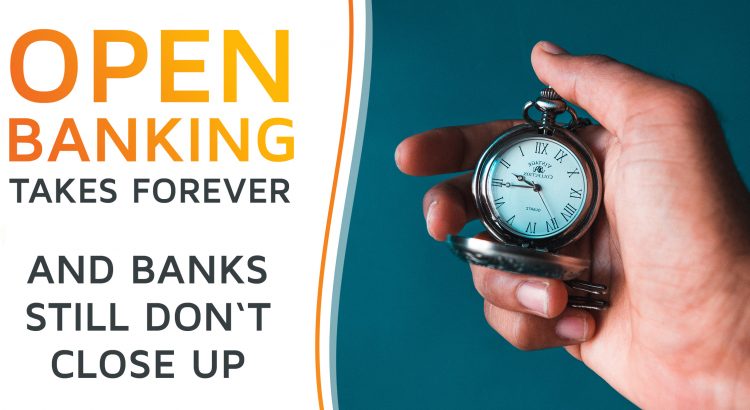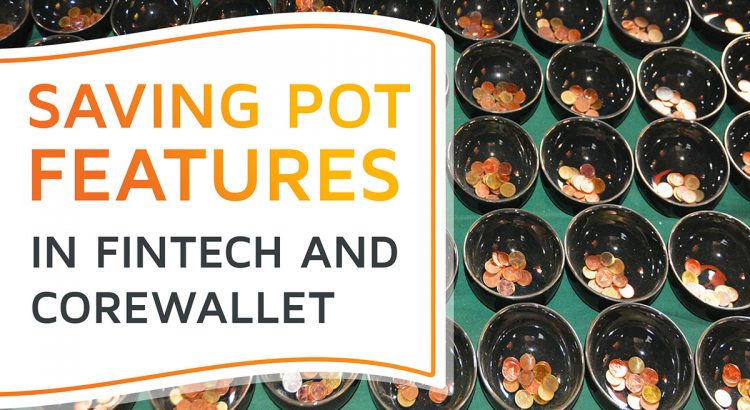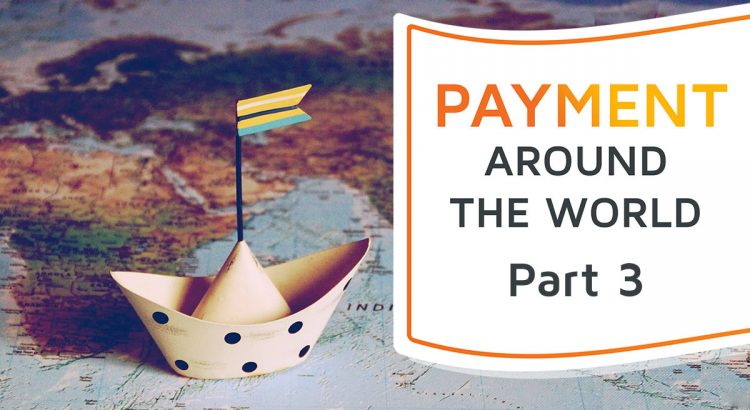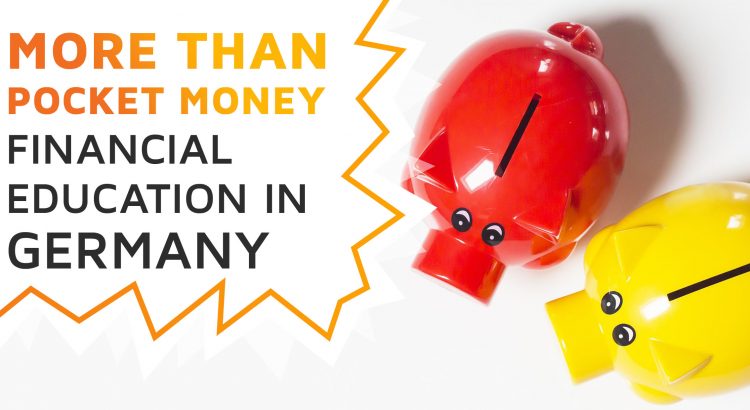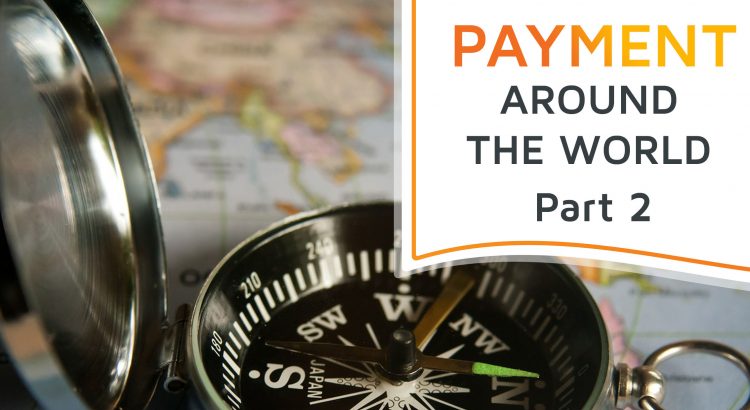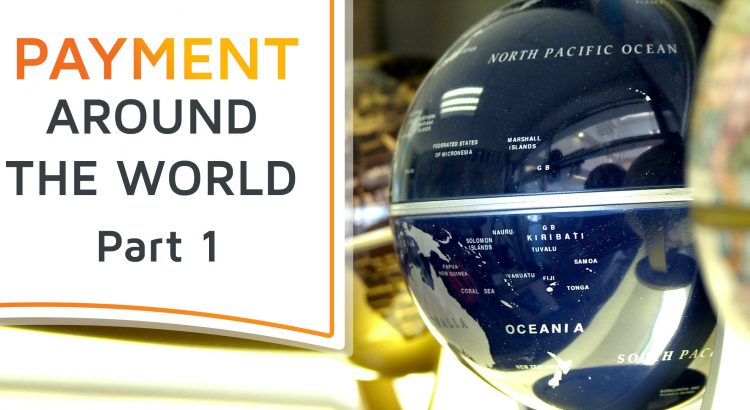Imagine a bank. What does it look like to you?
We assume that most of you reading this would picture it as a building. Perhaps with a sleek, dark blueish glass front. Perhaps with towering pillars reminiscent of classic empires. Definitely with ATMs and clerks giving out cash, taken from underground vaults.
But let’s be honest here: Nothing of that represents modern banking services. Since the introduction of online banking and smartphones, banking is no longer confined to a physical place such as a bank building. Banks become platforms: Nor more need for the branch offices of the financial giants. What’s more Open Banking initiatives make SME banking easier, leaving much room for the smaller, more focussed financial institutions.
Those institutions are the domain of the so-called Vertical Banking. Providers engaging in this form of banking cater to a specific customer niche that larger financial houses and neo-banks don’t address as purposefully. But what do those niche banks look like and what role will vertical banking play in the future?
We start with the basics.
Read More


